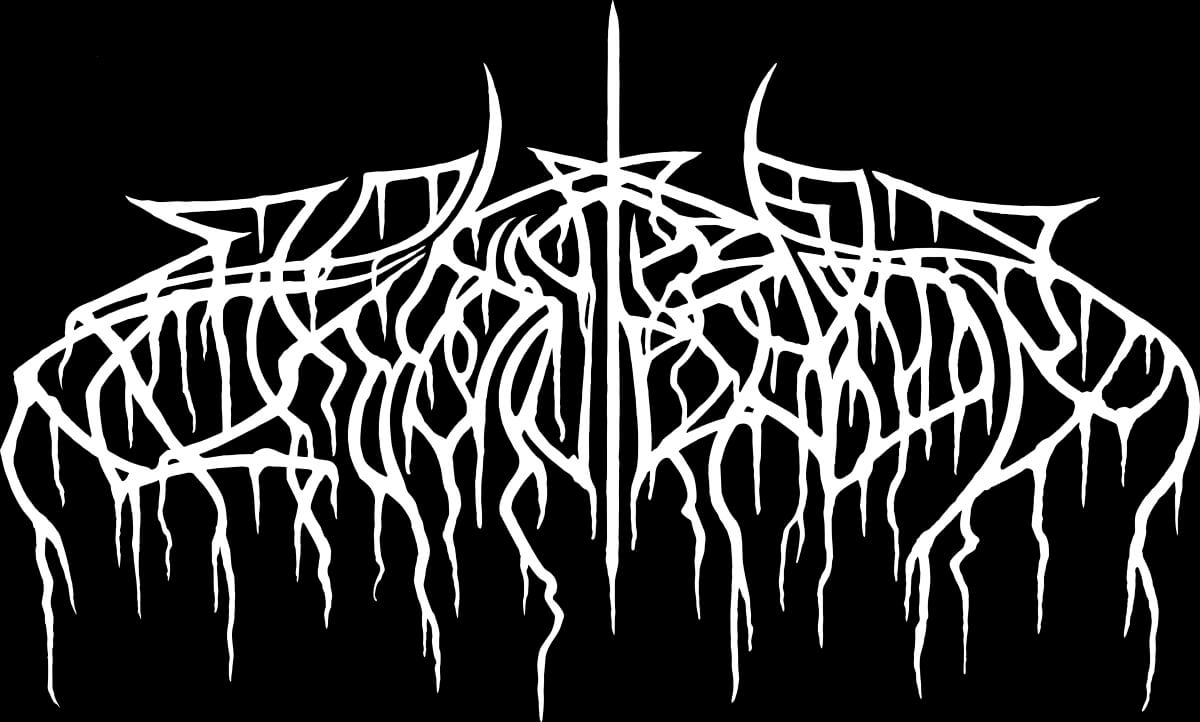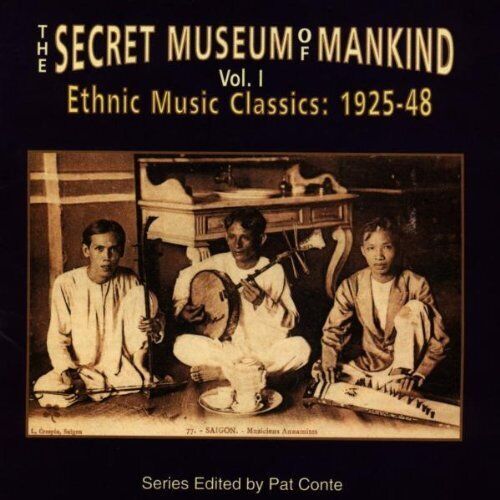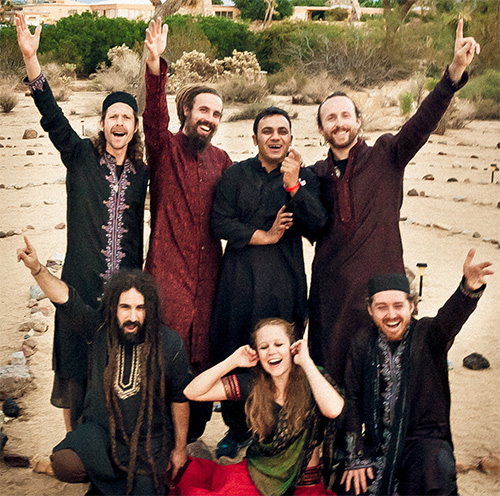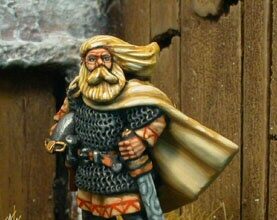
Wolves in the Throne Room
After 20 minutes of driving around in the dark near Santa Cruz, I found the right road and pulled up in front of a cemetery. I was looking for a rock band called Wolves in the Throne Room, whose gig tonight was advertised as occurring “somewhere in the woods.” Stepping into the chilly evening, I slammed the car door and started walking down an unlit lane toward a forest of cypress and eucalyptus. Where the asphalt gave way to dirt, a scruffy kid with a lantern led me and a few others along trails and over streams. A sign asked us not to smoke, to turn off our cell phones, and to try to refrain from talking. Nobody asked me for any money.
Stumbling through the weeds, I came across 30 or 40 young folks gazing at a black-and-white film loop of ravens and ravaged forests that was projected onto a sheet pegged to a massive conifer. The crowd shuffled and stared and occasionally burped and giggled. Then we lumbered through the bushes toward a nearby clearing marked by a few antique hanging lanterns, a drum kit on a carpet, and a couple of amps and guitars. There was no stage, no risers, no proper lights. A massive tree limb stretched over the clearing, and a few people had clambered up for a better view, young gents with furry hats and Rasputin beards passing around bottles of nameless homebrew. Waves of ambient electronica began flowing out of an old analog synthesizer, merging with the groan of a nearby generator. After 15 minutes of this, three rather nondescript guys shuffled out of the crowd and took up their instruments.
Given the setting, you might think that Wolves in the Throne Room was some West Coast jam band or a freak-folk combo. But what these three fellows played was melancholic and often brutal black metal. Nathan Weaver, one of the two guitarists (there was no bassist), rasped incomprehensible lyrics in the throat-shredding “Cookie Monster” vocals that mark the genre. (Sample it here.) Using tremolo picking, he and longhaired Rick Dahlin created darkly stacked melodies that soared through the rapid-fire “blast-beats” and cymbal sheen flawlessly delivered by Nathan’s older brother Aaron. The band performed for about an hour and played four songs. When Nathan wasn’t singing, he faced away from the rapt crowd, toward his mates, as if the drums were a bonfire.
***
To understand why a metal band from the Pacific Northwest was playing their ferocious and lamenting music in a forest, you need to delve into the back story of black metal, perhaps the most evocative, emotionally challenging, and risible of the many subgenres of heavy metal that have emerged since the 1970s. Black metal, which was kick-started by the bands Venom and the mighty Bathory, at the turn of the ’80s, began as a raw and self-consciously devilish rejection of commercial hard rock, and it flowered in Norway in the early 1990s. Production and musical values were ranked lower than atmosphere and emotion, especially feelings of bitterness, despair, and hatred—those “serious” sentiments beloved of alienated adolescents, which is what these groups were largely composed of. Black-metal acts adopted pseudonyms like Count Grishnackh and Fenriz from mythology and Tolkien’s Orc lore, wore ghoulish corpse-paint, and released crudely produced recordings decorated with spidery, unreadable logos. They earned a justified reputation for extremism and misanthropy. Satanism was proclaimed, churches were burned, bandmates occasionally stabbed.
Like gangster rap, black metal drew a great deal of its charisma from its claims of countercultural authenticity, a realness defined not by criminal boasts and urban play-by-plays but by an ultimately spiritual fidelity to misanthropy and infernal nihilism—an uncompromising (if easily parodied) Satanic sensibility salted with occasional bursts of violence, obscenity, and tabloid controversy. But as the genre grew in popularity, an interesting mythological transformation occurred. Classic bands like Ulver, Windir, and Enslaved left the Christian devil aside to reach for an older, pagan stratum of Norse and heathen lore (“Viking metal” is now its own subgenre). In their quest to express the atmosphere of awe and gloom that permeates these ancient ways, black-metal acts began extending and deepening their use of melodies, both folkloric and epic. What emerged was a powerful dark-side Romanticism, perhaps the most unalloyed descendent of old-school Sturm und Drang that we have.
So, how did three guys from Olympia, Wash., neo-hippies and veterans of the DIY punk scene, come to emulate this deeply European music, and to make it so thoroughly their own? On the surface, the Wolves are not your typical black-metal band. Besides being American—black-metal bands in the United States are few and far between—they don’t go in for corpse-paint or silly pseudonyms. Most importantly, their music is unusually textured and rich. On the their recent album Two Hunters (Southern Lord), melodies slash through a shoe-gazing haze of guitars, analog synths, and shimmering cymbals. Genres are woven together, with folk, ambient, goth, and environmental samples rising and falling through the material like tides. For the first half of “Cleansing,” which opens with the crackling of a fire, guest singer Jessica Kinney provides a clean and keening lament over a steady tribal beat. Most black-metal bands sound cornball when they go softy like this, but the music here conjures the mournful exotica of the Goth crossover band Dead Can Dance.
You can’t understand the lyrics, of course, and the band, in a typical black-metal move, does not print them. However, the aural sleuths at the Encyclopaedia Metallum, which tracks more than 50,000 metal bands, do offer some convincing transcriptions. These suggest that Two Hunters is about an apocalyptic struggle. On one side, there’s a cruel mounted priest-king, whose steed beats the earth to “lifeless chaos” with his 24-7 galloping. On the other, there’s a tribe of earth folk who flee into the forest, dance in the dark of night, and prepare for a final conflagration and a cleansing rain. The album closes with the 18-minute (!) swan song “I Will Lay Down My Bones Among the Rocks and Roots.” While not abandoning the tragic mode, the song’s shiny timbres and a yearning, hopeful chord progression sound the first glimmerings of a new dawn, when “the sun god is born anew.”
The contours of this myth echo what my chat with the band after the Santa Cruz show confirmed: Wolves in the Throne Room are hard-core tree-huggers, with a Manichaean view of the environmental crisis and a pagan faith in the transformative powers of nature. I mostly talked to Aaron, an articulate and intelligent fellow wearing a green Tyrolean hat. After honing his politics in the Pacific Northwest’s DIY punk scene, Aaron moved to D.C. to fight the good fight as a secular lefty. It didn’t work out, and he moved back to Olympia, where a surprising series of spiritual experiences he hasn’t really talked about made him a clear-eyed seeker of earth wisdom. With his brother and their respective partners, he now lives on 10 acres of land near Evergreen State College, where his posse is painstakingly crafting a sustainable life off the grid. And finding time to play hard-core, shamanic eco-metal.
“The intersection of dark, spiritual music and radical ecology is quite natural,” explains Aaron, who has not given up on the DIY punk scene’s penchant for packaging radical political platforms with music. In interviews, he’ll make favorable mention of the Earth Liberation Front—some of whose monkey-wrenching adherents have been branded as “terrorists.” He also expresses cautious admiration for Finland’s merciless eco-philosopher Pentti Linkola, who argues that the best way out of the environmental crisis lies in a swift, lethal, and authoritarian process of de-industrialization.
This is disturbing stuff, and it’s supposed to be. I mean, aren’t you a bit disturbed? Lots of people who open their souls to today’s seemingly relentless assault on wild creatures and wild places find themselves gripped by bitterness, melancholy, and misanthropy. For the Wolves, black metal just makes sense; it’s melodramatic Satanism transformed into an angry lament for human folly. But the band doesn’t just mourn. It also aims its epic melodies toward the old Romantic sublime, drawing the listener into the dream of a vital and resurgent earth. Which is why, as the long last stretch of blistering riffs echoed through the Santa Cruz woods that night, the crowd started headbanging like dervishes, discovering in the harsh hyperspeed beats a deeper, more archaic pulse.




